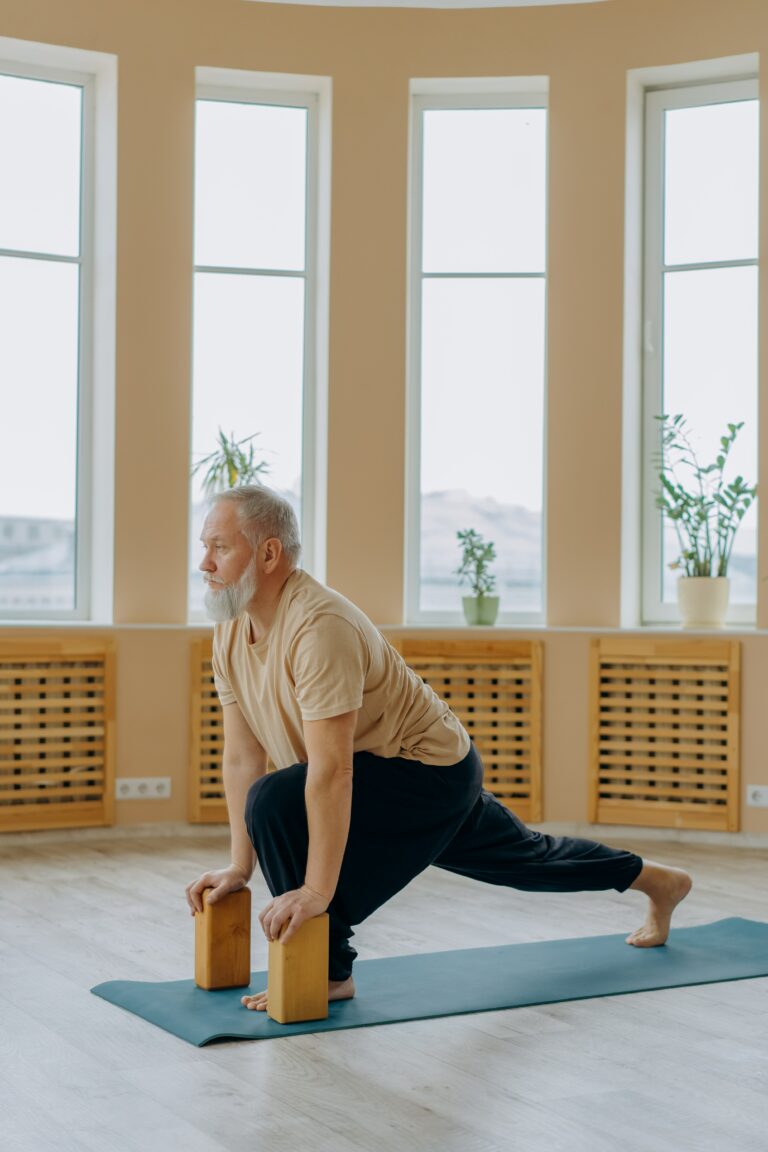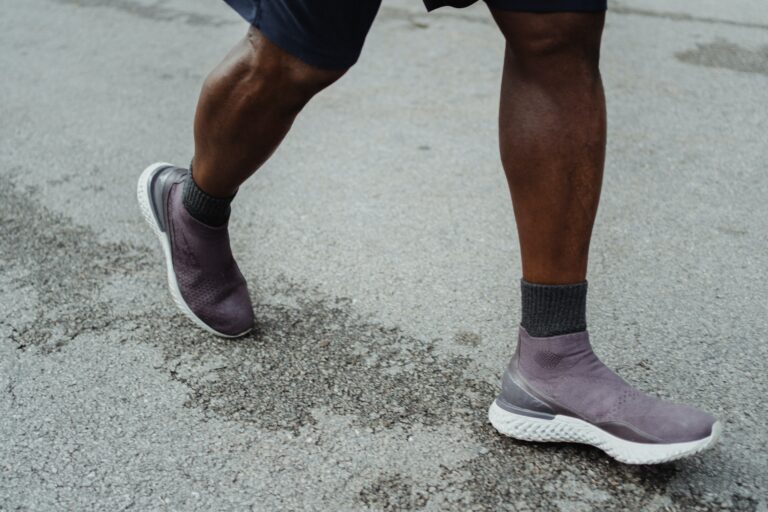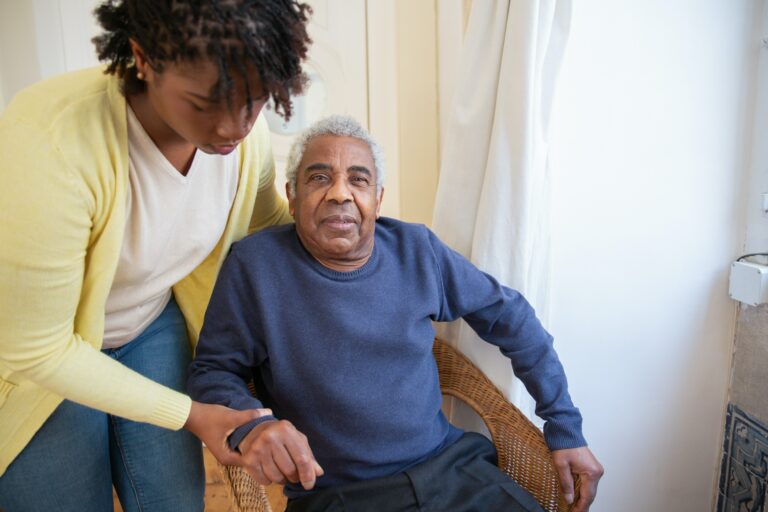
What is a Good Exercise Routine for Seniors?
Recent studies at the Center for Exercise Medicine at the University of Alabama verified that seniors can achieve muscle growth and strength. The key is consistent effort and following a fitness scheme consisting of at least 30 minutes three times a week.
Senior Living’s article entitled, “Seventy (70) Is The New Forty (40) – Exercising Your Total Body Is Good News For Baby Boomers,” says to first consult with your doctor and make sure they give you the OK to start your fitness scheme. Then, start with the basics at a slow to moderate pace. Here’s a basic routine:
- Warm up. Take a short walk for about 10 minutes to get your blood flowing, and your body loosened up.
- Push Ups. Start with 5 to 10 pushups. If you cannot do regular push-ups, you can do these standing up, pushing off a wall. The modified pushups still work your chest muscles and triceps.
- Stretch Bands. Hold the bands with your hands and put your elbows next to your sides, feet shoulder width. Pull the bands across your chest. Do eight reps (repetitions) to start. When you get these bands, note that they will come in various resistance strengths. Choose a band with the least resistance, then as you increase your reps to 12, move up to the next band and start over at eight reps, building back up to 12 reps.
- Shoulder Exercise using Dumbbells: Dumbbells come in various sizes, starting at 2½ pounds and going up. Start with 2½- or five-pound dumbbells. Stand with your feet shoulder width, push the weights over your head and then bring them back down to the top of your shoulders. Do eight reps, and increase the weight when you build up to 12 reps.
- Bicep Curls using Dumb Bells. Stand erect with your feet at shoulder width. Using 10-pound dumbbells, place them in your hands, arms by your side, palms forward. Curl the weights up to the top of your shoulders, then lower them back down to your side, keeping your palms facing out to the front and your elbows tucked into your side. Start with eight reps and work up to 12.
- Tricep Extensions. While holding a 2½- or five-pound dumbbell in your right hand, bend forward at the waist slightly while placing your left leg out in front of your bent body, slightly bend your left leg. Rest your left forearm on your knee or upper thigh. Pull the dumbbell up along your right side waist-high, extend the right arm straight back and then bring it back to the side of your waist where you started. Reverse this position and do the same for your left tricep.
- Squats. For beginners, use your body weight. Stand up straight, feet shoulder width, as you squat down, push your buttock out, bending slightly forward at the waist. Don’t go past a half-squat position. Start with eight reps and work up to 12 reps.
- Lunges. Start with no weights. Stand up straight, extend your left foot, bend both knees simultaneously, and go down as far as possible. Don’t overextend yourself. Remember also that you need to concentrate on your balance. Return to your starting position. Do eight to 12 reps. Repeat this for your right leg. Don’t consider using weights for lunges, until you can do 25 reps per leg.
Reference: Senior Living (March 30, 2021) “Seventy (70) Is The New Forty (40) – Exercising Your Total Body Is Good News For Baby Boomers”









